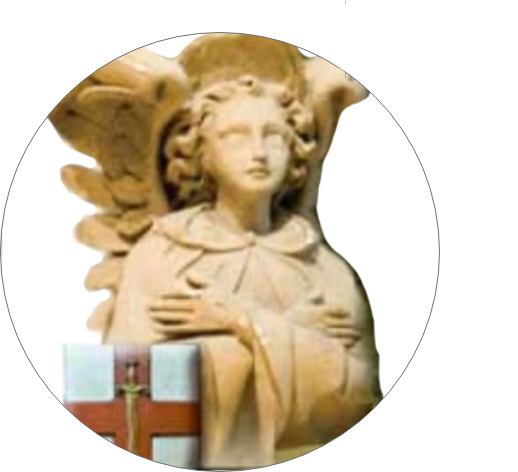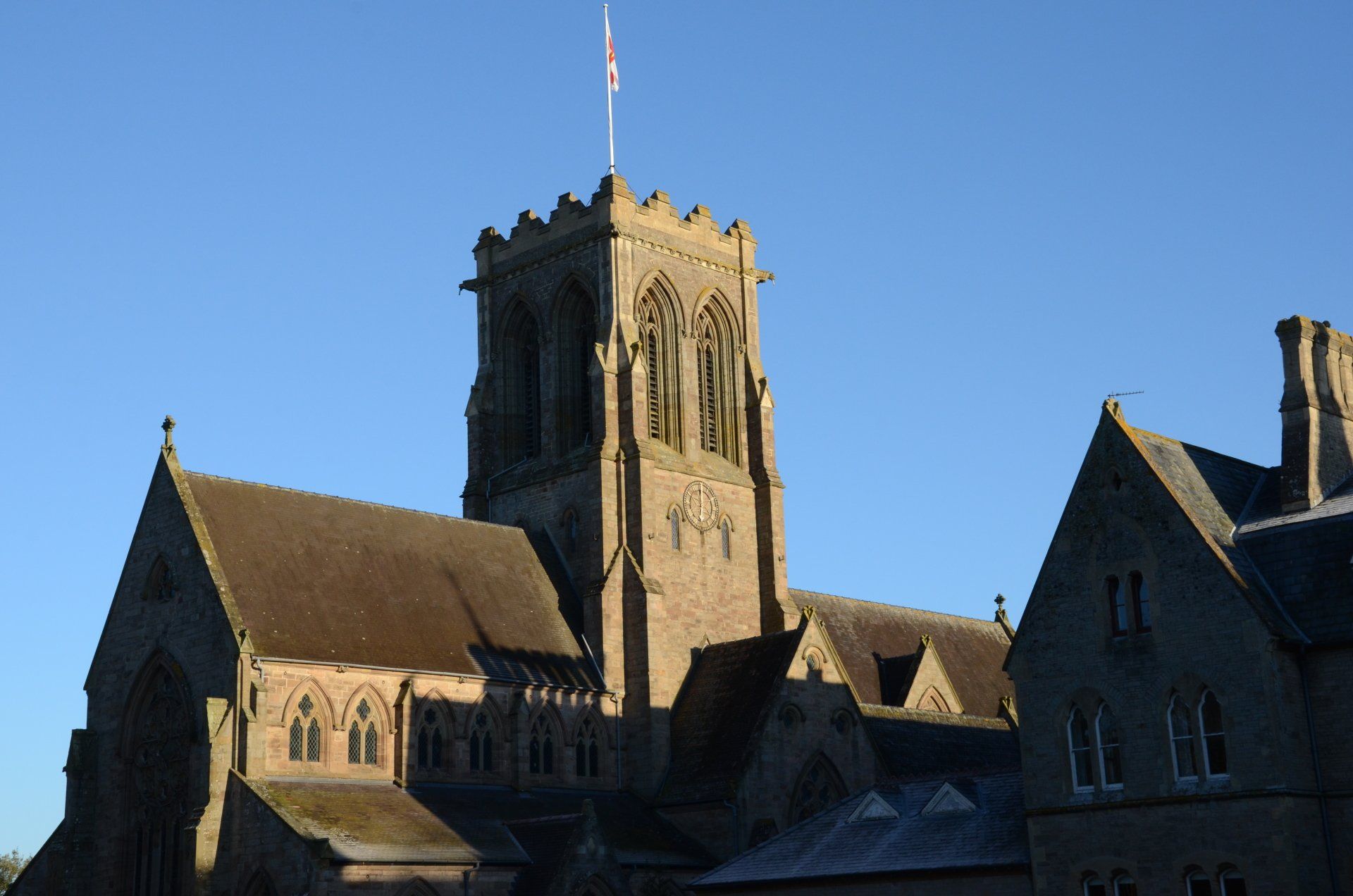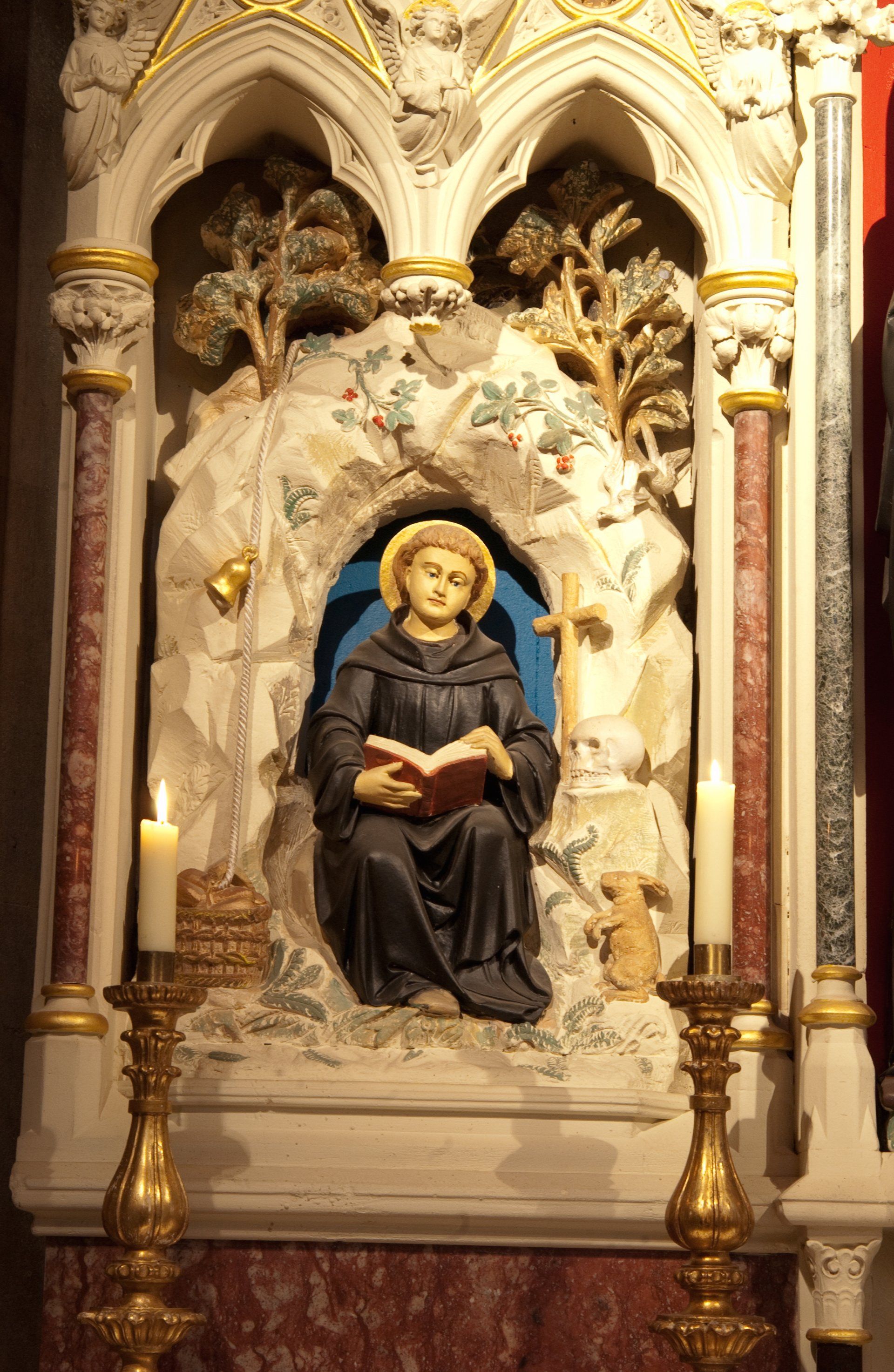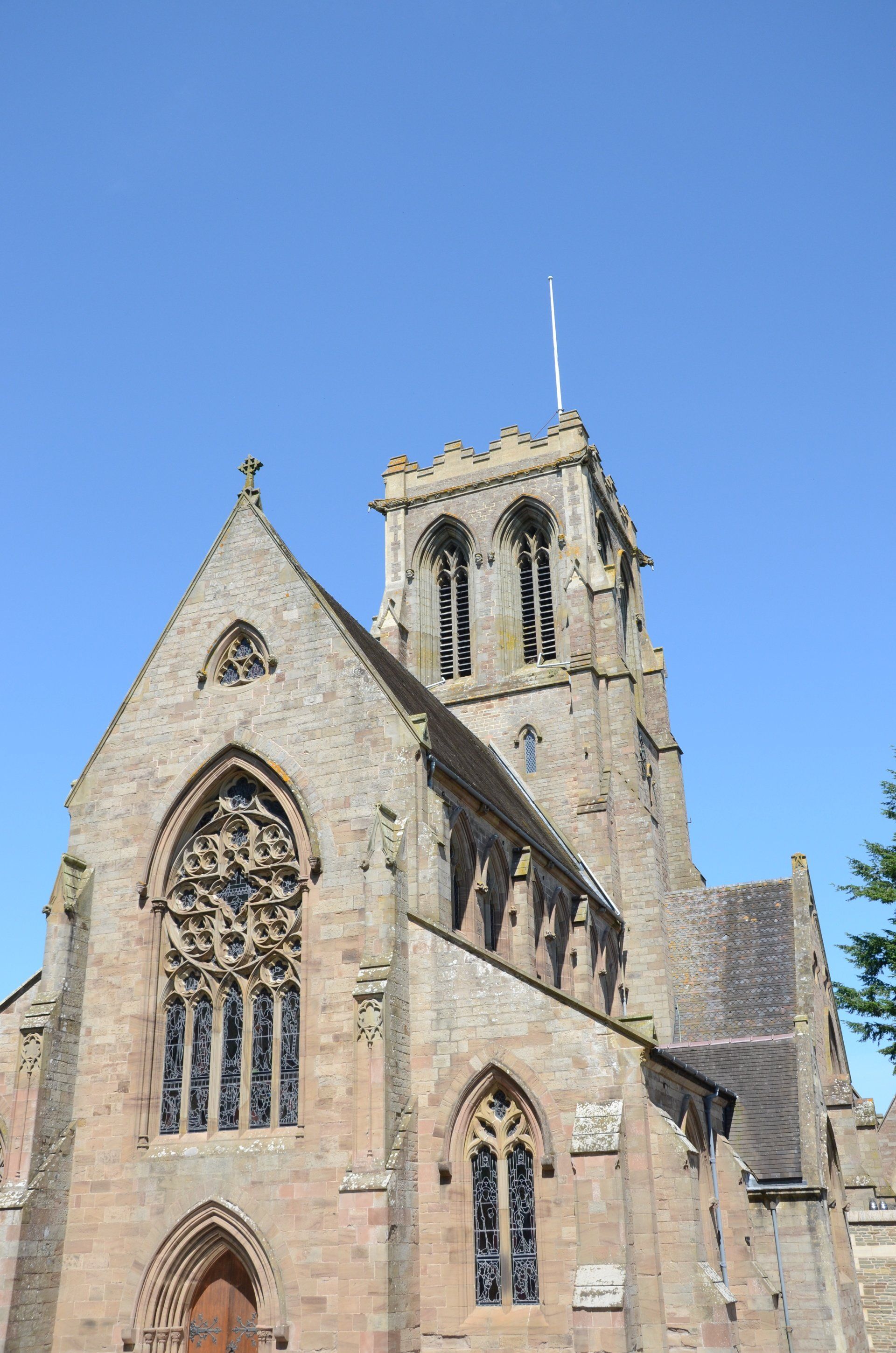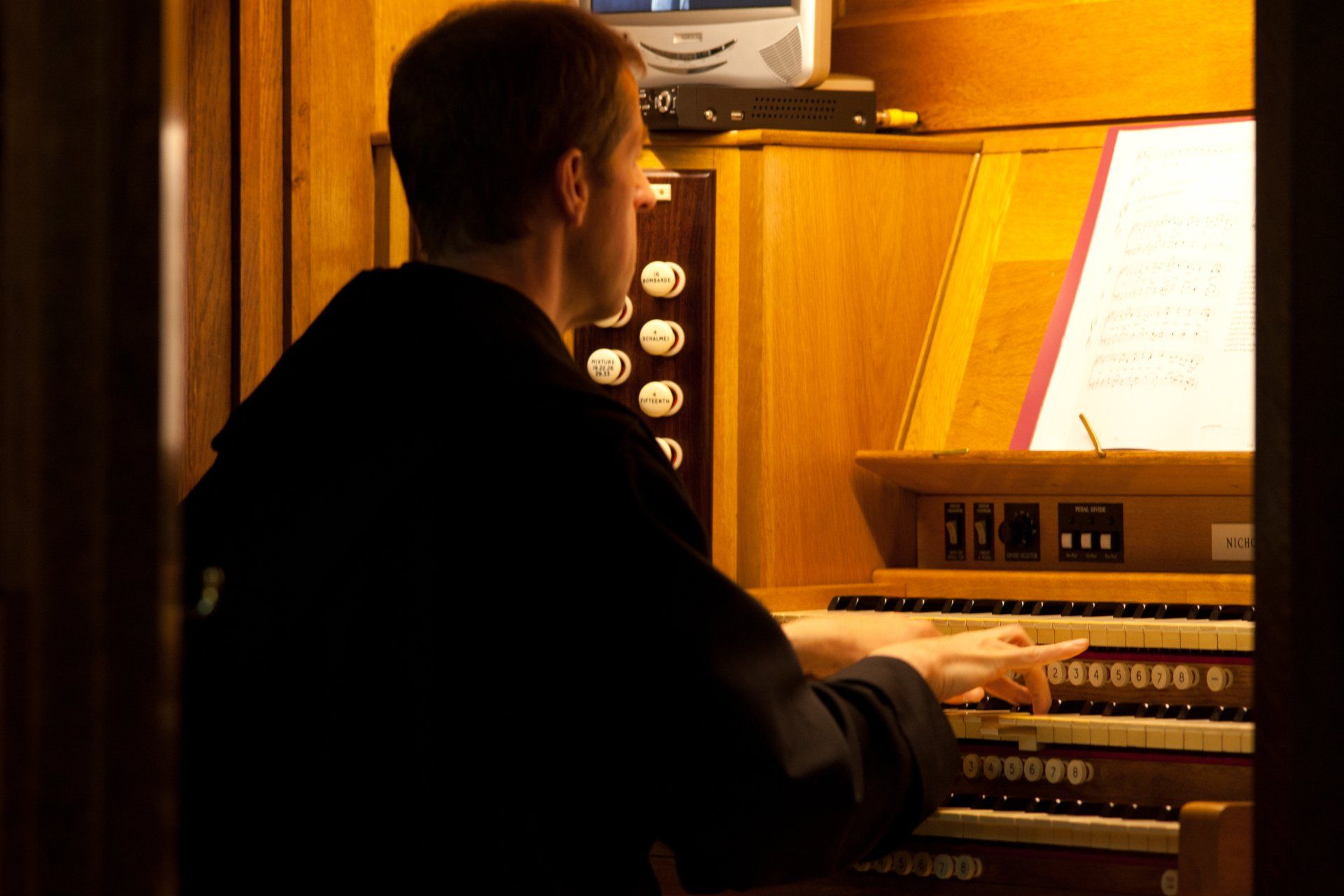More about the Parish Centre
What is now the Belmont Parish Centre has a long and varied history. The hall is actually one
of the oldest buildings on the site dating back to 1853 pre-dating the Abbey church by six
years. It was built by the Wegg Prosser family as the parish church/school of SS. Peter &
Paul and was served by a secular priest, Fr. David Lambe until the opening of the monastery.
The attached house was built as a convent for the Daughters of Charity who taught in the
school until 1859. Thereafter a lay teacher ran the school and lived with his family in the
house.
This little parish school closed in 1917 and until 1926 the building was used as the school
hall and classroom for the Belmont monastery Alumnate students (a school for those
considering the priesthood). In 1926 the number of boys increased and the Alumnate became
the newly founded lay-school which moved in to the monastery, which added a purpose-built
extension in 1932. This was the beginning of Belmont Abbey School as most people
remember it. The hall was then used for Parish functions, Christmas parties for the local
children, whist drives and jumble sales. The heating arrangements were quite inadequate so
that people constantly shivered!
In 1930 the Guild of Our Lady of Good Counsel was formed by some of the ladies of the
parish: Mrs Major, whose son was a pupil in the school; Mrs Cecil Wegg-Prosser; Mrs
Rosser; Miss Colette Rosser, Miss Pritchard and many others. They met each week to make
articles for sale at the annual fete. This fete was traditionally held in a large marquee erected
in the paddock in the monastery wood (that area behind what is now the PCT building). The
proceeds from the fete helped to pay for two taxis and later a bus, to take the children of the
Parish to the Sisters of Charity School in Bullingham. The cost was £1 per day, but the fete
raised something over £300 per annum towards this expense, a considerable sum of money in
those days.
During the war, Bullingham convent evacuated to Croft Castle, and the Parish School, which
had closed in 1917, was re-opened in the hall with two mistresses and 20 or so children. The
hall was still available for Parish events, whist drives and also a very successful Welcome
Home Party for the Dunkirk soldiers who were brought to Bradbury Barracks. This was
arranged by the Belmont and Clehonger War knitters, organised by Mrs Massey-Lynch. This
group raised money to pay for the wool to knit comforts for the services. The ladies also
organised very successful American Teas in the hall.
The Parish School closed in 1947 and the building, which had been held on a 999 year lease,
was sold to the Abbey by the trustees of the estate of Major John Wegg-Prosser in 1949. In
1954 the Belmont Abbey School refurbished the hall very elegantly as the Phillips (school)
library. Later this was dismantled and the room became, under Mr Rick Mobbs, the school art
department. In the early 1970’s it was transformed into the school music department. Then,
while the Abbey Church was being restored in 1978/79, the hall became, once again, the
Parish Church, as it had been in the 1850s before the Abbey was built.
In 1994 the Belmont Abbey School closed. A few years later, the parish under its new parish
priest, Fr Simon, began renting the hall and the attached house (commonly known as Bleak
House) as the Parish Centre and residence. The house since the time of the old parish school
had been the residence of staff, senior boys and, for a short while, guest rooms for visitors to
the monastery. Finally, the Parish had returned to its historic roots and had its own parish
identity and base. Today, the Parish Priest lives in ‘Bleak House’ and has the convenience of
a parish office, meeting room, hall, and storage area and kitchen facilities all in one place. It’s
not ideal that the hall is some way from the Church but the facilities for the parish are very
welcome. The hall is used for parish events and is also hired out to groups and organisations
to offset the cost of rental and maintenance. particularly worthwhile or delicious.
